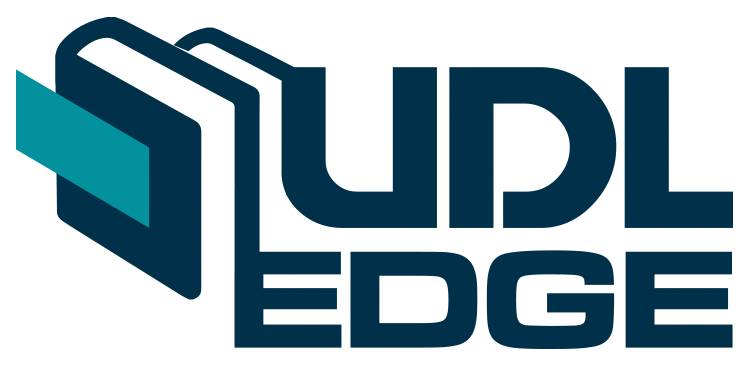Social Movement Rhetoric: A Dialogue of Different Perspectives
DOI:
https://doi.org/10.22452/KATHA.vol11no1.6Keywords:
Social movements, Communication, Rhetoric, Social changeAbstract
The study of social movements in communication has been influenced by both the humanities and the social sciences. Scholars following the functional and/or Burkean perspective offer different lens for understanding movements. However, neither is superior than the other since both perspectives has its own advantages and limitations. This essay seeks to deliberate three main concerns, mainly 1) How have communication scholars treated the rhetoric of social movements? 2) What are the major debates that have shaped the study of Social Movement Rhetoric? and 3) What are the major lapses and/or strengths of social movement rhetoric scholarship, particularly relative to social change outside of the US/West? While this paper is not an exhaustive description of all social-movements-related issues, it does however aim to serve as an initial guide for those who wish to understand the nature of social movements from a social science and humanistic lens. Ultimately, this paper also seeks to consider the differing perspectives as a source of dialogue for scholars of social movements.
Downloads
Downloads
Published
How to Cite
Issue
Section
License
Articles submitted to the journal should not have been published before in their current or substantially similar form, or be under consideration for publication elsewhere. Authors submitting articles for publication warrant that the work is not an infringement of any existing copyright and will indemnify the publisher against any breach of such warranty. For ease of dissemination and to ensure proper policing of use, papers and contributions become the legal copyright of the publisher unless otherwise agreed. By submitting a manuscript, the author(s) agree that copyright for the article is transferred to the publisher, if and when the manuscript is accepted for publication. However, it can be reprinted with a proper acknowledgment that it was published in KATHA.

This work is licensed under a Creative Commons Attribution-NonCommercial-NoDerivatives 4.0 International License.




